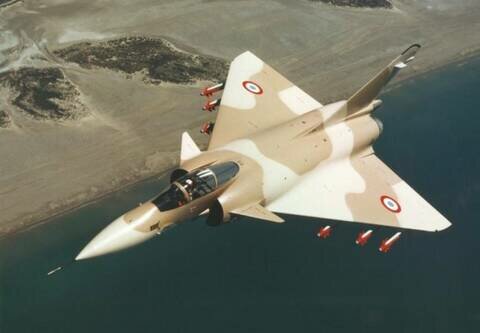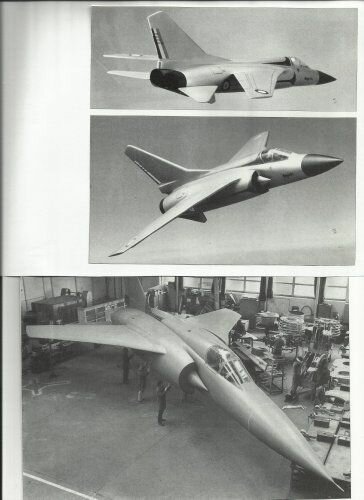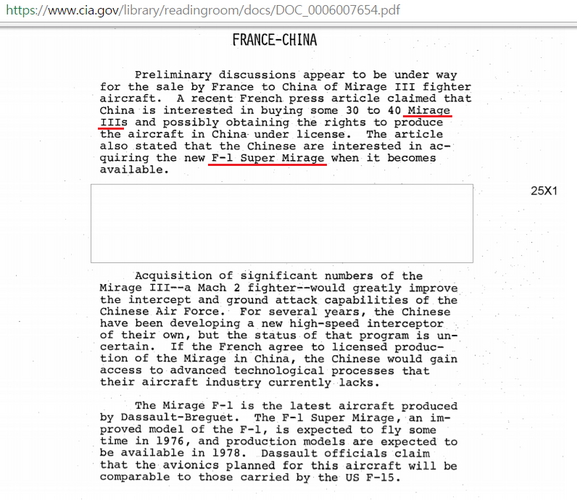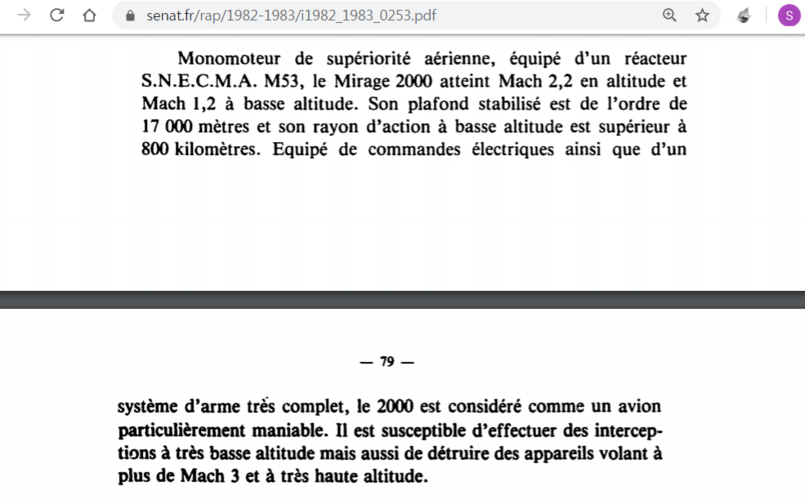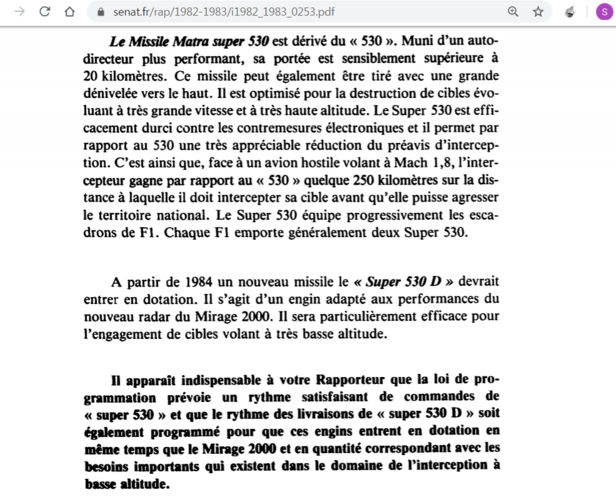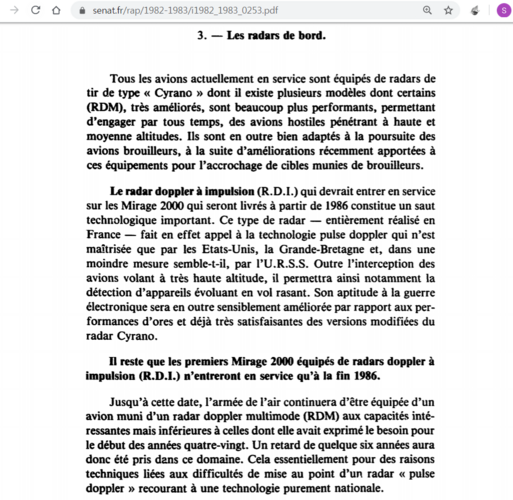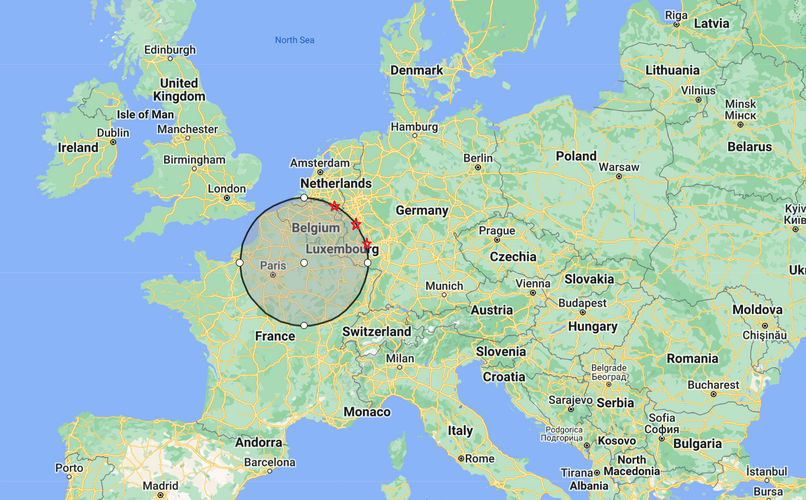F-2
ACCESS: Top Secret
- Joined
- 22 May 2020
- Messages
- 774
- Reaction score
- 1,476
Two very interesting what if aircraft that never went into production. Both contemporary to each other and largely using the same technology. The ACF prototype was mostly completed and then canceled. The 4000 was completed but never ordered, it was notable on the air show circuit in the 80s and was a test bed for other programs like the Rafale.
The ACF was a mach 2.5 aircraft while the 4000 was thermally limited to 2 though supposedly could spend slightly more time super sonic than contemporary Eagles and Flankers. The mirage 4000 was an RSS design and married the 2000s agility with higher thrust and F-15a like climb rates. The ACF was also built to be highly mobile.
How do these big Irish Twins compare to on another. What advantages and disadvantages would they have over the other?
Which was the bigger missed opportunity?
The ACF was a mach 2.5 aircraft while the 4000 was thermally limited to 2 though supposedly could spend slightly more time super sonic than contemporary Eagles and Flankers. The mirage 4000 was an RSS design and married the 2000s agility with higher thrust and F-15a like climb rates. The ACF was also built to be highly mobile.
How do these big Irish Twins compare to on another. What advantages and disadvantages would they have over the other?
Which was the bigger missed opportunity?

